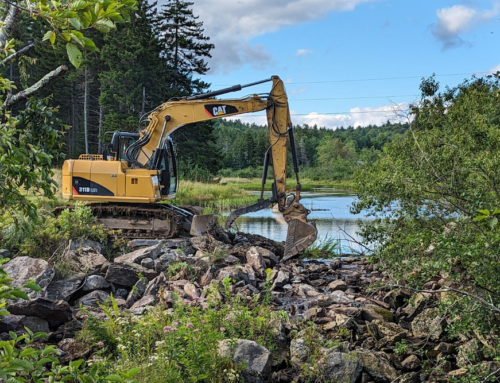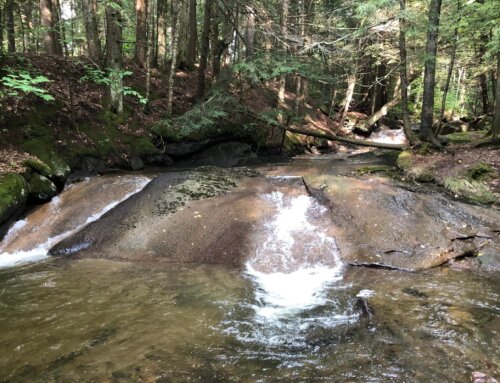Feb. 8, 2012
Comments of Ron Rhodes, River Steward, Connecticut River Watershed Council before the joint House and Senate hearing regarding post-Irene flood response.
Honorable Ladies and Gentlemen, thank you for the opportunity to speak here today. As you may know, the Connecticut River Watershed Council is a membership based non-profit that advocates for the four-state Connecticut River watershed. As one of four river stewards employed by the Council, my work in Vermont and New Hampshire focuses on protecting the river, its tributaries, the land, plants, and creatures throughout the entire watershed. In addition to my work for the Council, I also serve as a volunteer on the boards of other non-profits such as Trout Unlimited and the White River Partnership.
When I testified before this committee in November, I outlined several actions which we believe are critical to helping Vermont recover from Irene and minimizing damage during the next big flood. First, we called for new development in the floodplain to be discouraged and properly managed. H. 466 addresses this concern by proposing to limit structural encroachments within the mapped river corridor within one year of designation of the river. This is a good first step in the right direction. Ultimately, however, what we really need here in Vermont is a shoreland protection act similar to those in New Hampshire, Maine and Massachusetts.
The key component of any good shoreland protection is a width of undisturbed vegetation. This buffer is typically 50 to 250 feet depending on the size of the stream. Within the buffer no construction, earth-moving activities, or tree and groundcover removal is allowed. Under Vermont’s current laws, no statewide standard exists and towns are left to implement shoreland protection at the local level.
Unfortunately, only 64 out of the 237 towns have zoning bylaws to protect river corridors and lake shorelines from development. Many of the towns hardest hit by Irene -such as Waterbury, Rochester, Bethel and Sharon – have no building setback or buffer width requirements. It is time for Vermont to join the other states of New England in protecting shorelands, river corridors and buffers. We encourage the Committee to include language to this affect in any bill sent to the floor for consideration.
H. 466 also clarifies the permitting process to be used when the Governor declares an emergency. The language authorizes the secretary of natural resources to issue temporary emergency stream alteration permits with conditions to minimize significant adverse environmental impacts. However it does not appear that the bill specifies that these permits need to be written, as opposed to verbal, authorizations to do work in our rivers. As we all have heard from ANR staff, part of the problem post-Irene was that towns were given verbal approvals to do specific work but by the time those instructions were disseminated down the line from person to person the details and limitations on the scope of work were lost.
As a result, the language in H. 466 should be modified to require the secretary of natural resources to issue WRITTEN temporary emergency stream alteration permits with CLEARLY DEFINED conditions to minimize significant adverse environmental impacts. These types of written emergency permits were issued in other states post-Irene. For example, in Massachusetts, the State issued emergency permits to towns to do post-flood work which clearly stated that the work could not go “beyond that necessary to abate the emergency.” In at least one case, on the Chickley River in the town of Hawley, the permit limitations were not followed and the State is pursuing an enforcement order.
The next time the Governor declares an emergency here in Vermont and ANR issues these written permits the clearly defined instructions will help eliminate confusion and give towns, as well as contractors, a better understanding of the work to be performed. Failure to put these types of reasonable limits on emergency activities will allow another free-for-all similar to what occurred this past September. I think we would all agree that allowing loggers from other states to rip trees out of our Vermont streambanks is not what was intended when Governor Shumlin declared an emergency, but it is what happened. Emergency provisions need to be limited in scope and well defined in writing.
Finally, I would like to draw attention to an initiative underway on the Deerfield River in southern Vermont and northern Massachusetts. The local conservation district and the Deerfield River Watershed Association have requested $500,000 in a supplemental state budget that is aimed at helping communities design and implement projects that help prepare for and remediate effects of severe storms. A similar infusion of state funds here in Vermont would go a long way toward helping make our state more flood resilient.
Thank you. I would be happy to answer any questions.
Ron Rhodes, CRC







